Deskripsi
Perkenalan
Detektor Babi Non-intrusif digunakan sebagai hakim lapangan untuk saluran minyak, gas, atau air. Fleksibel dan nyaman untuk dipasang dan dibongkar serta dapat memenuhi persyaratan semua jenis saluran pipa pada indikator. Itu hanya perlu dipasang di dinding luar pipa agar berfungsi, yang memecahkan masalah kegagalan mekanis, tidak tahan ledakan, mempengaruhi keakuratan penilaian bola, dan gangguan elektronik yang mengakibatkan positif palsu dan positif hilang.
Komposisi Produk
Detektor babi non-intrusif adalah salah satu bentuknya Mekanisme tampilan transmisi jarak jauh tahan ledakan TZS (LCD memiliki fungsi pemanas, mencatat waktu berlalu, menyimpan memori 99 kali, transmisi jarak jauh, tanda tahan ledakan Exd IICT6 Gb, tingkat perlindungan IP65) dan mekanisme penginderaan YY-FCT, mekanisme pemuatan kartu yang dapat dilepas, kabel sambungan, batang ekstensi (jika perlu, umumnya pipa terkubur).
Mekanisme penginderaan inti Detektor Babi Non-intrusif terdiri dari rangkaian keengganan terarah, rangkaian penguat seimbang, rangkaian filter low-pass, rangkaian pemicu, CPU, rangkaian peralihan jarak jauh yang cocok, rangkaian tampilan, dan rangkaian reset.
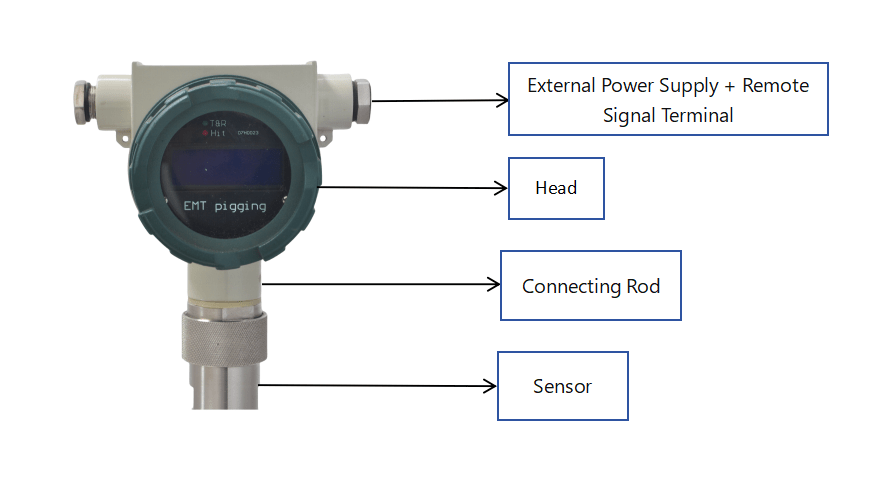
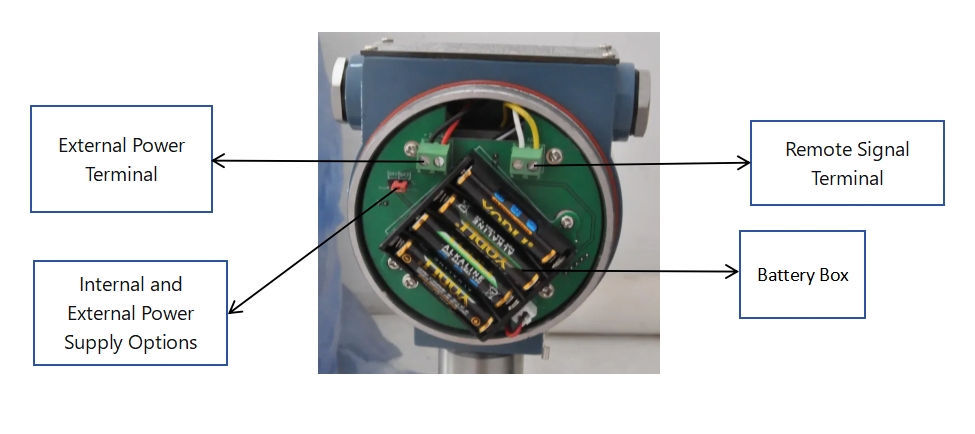
Pengkabelan: Menghadap sisi kanan layar adalah antarmuka pengkabelan, biasanya 4 kabel. Kabel hitam dan merah adalah kabel daya, dan catu daya 6-24 V DC dapat dihubungkan (merah positif, dan hitam negatif). Ganti mode catu daya internal dan eksternal dari catu daya. Dua lainnya adalah port untuk kabel sinyal jarak jauh. Garis putih adalah ujung umum, dan garis kuning biasanya terbuka. (Jika multimeter digunakan untuk menguji keadaan terbuka, kabel sinyal biasa hanya dihubungkan ke ujung normal dan umum.) Ukuran antarmuka daya dan antarmuka transmisi jarak jauh adalah: M20*1.5 atau 1/2NPT, dan antarmuka konektor konversi adalah konektor internal 3/4NPTF
Prinsip Kerja Produk
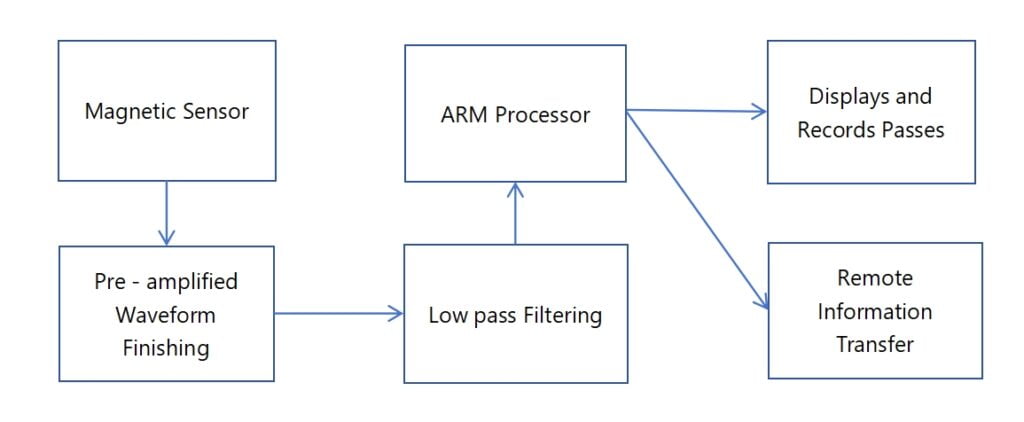
Parameter Detektor Babi Non-intrusif
| Angka | Proyek | Parameter |
| 1 | Suhu yang Berlaku | -39,8°C / 80°C |
| 2 | Kelembaban yang Berlaku | 41%~83% |
| 3 | Arah Deteksi | Dua arah |
| 4 | Jenis Sensor | Induksi Magnetik |
| 5 | Jenis Saklar Sinyal | SPDT |
| 6 | Akurasi Deteksi | ±2 detik |
| 7 | Kisaran Kecepatan Melewati Babi | 0,1-20M/dtk |
| 8 | Kapasitas Kontak | 3A |
| 9 | Tipe Reset | Otomatis |
| 10 | Tipe Konektor Kabel | M20*1.5、1/2NPT F |
| 11 | Peringkat tahan ledakan | Exd IICT6 Gb |
| 12 | Peringkat Perlindungan | IP65 |
Karakteristik Terapan
Saat produk bekerja, saat babi dengan gaya magnet lewat, waktu saat babi lewat ditampilkan dan sinyal sakelar dikirimkan ke pusat kendali proses pigging untuk memahami pengoperasian babi. Mekanisme tampilan secara bersamaan menyimpan jumlah dan waktu berlalunya memori, jumlah memori: 99 kali.
Detektor Babi Non-intrusif merupakan kemajuan besar dalam bidang pemeliharaan dan pemantauan saluran pipa. Teknologi ini dirancang untuk berfungsi sebagai penentu dasar yang andal dalam menentukan saluran minyak, gas, atau air, sehingga menghasilkan tingkat efisiensi dan efektivitas baru dalam proses tersebut.
Salah satu atribut utama Detektor Babi Non-intrusif adalah kemampuan beradaptasinya. Ini dapat memenuhi beragam kebutuhan saluran pipa, sehingga menawarkan fleksibilitas aplikasi tingkat tinggi. Pemasangan dan pembongkarannya yang mudah semakin menambah kegunaannya, menjadikannya solusi yang tepat untuk berbagai kondisi saluran pipa.
Diagram Pengkabelan
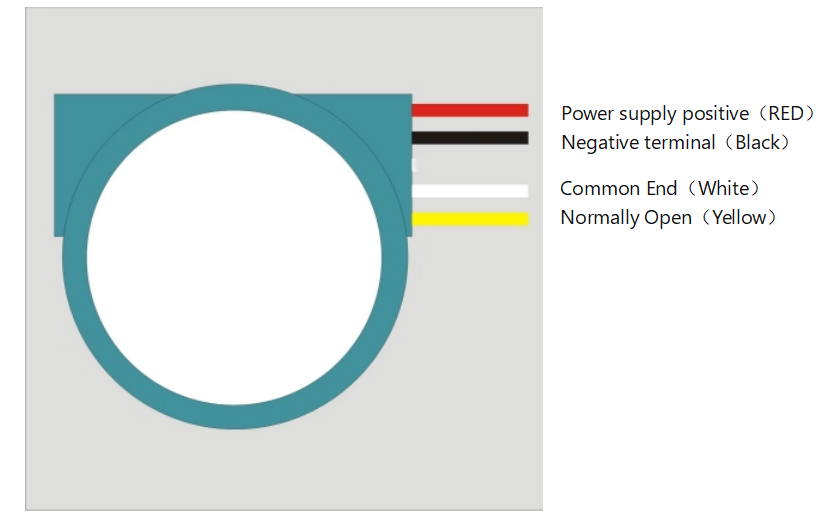
Instalasi
- Pasang Detektor Babi ke pipa terlebih dahulu
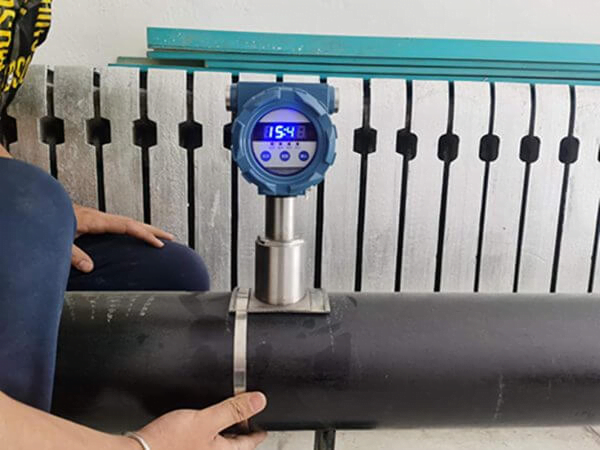
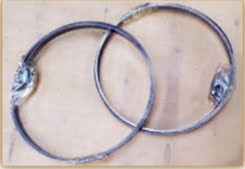
Pilih mekanisme pemuatan kartu (penjepit) sesuai dengan spesifikasi pipa, dan pasang mekanisme pemuatan kartu pada posisi yang diperlukan. Catatan khusus: Untuk pipa dengan lapisan insulasi termal, mekanisme penginderaan harus ditempelkan pada dinding pipa logam selama pemasangan (lihat diagram pemasangan penjepit), dan insulasi termal harus dilakukan setelah pemasangan. (Khusus penggunaan sementara, bisa juga langsung dipasang pada lapisan insulasi)
- Aktivasi mode monitor
Setelah catu daya dipasang dan dipilih melalui tutup jumper, meteran mulai berjalan, menampilkan waktu saat ini, memasuki prosedur kalibrasi, secara otomatis mendeteksi ambang batas awal, dan kemudian memulai mode pemantauan untuk memasuki status pemantauan babi (secara berurutan untuk memastikan pengoperasian yang andal, fungsi deteksi dijalankan satu kali dengan menekan tombol sebelum setiap pemantauan).
Tindakan Pencegahan Instalasi dan Penggunaan
- Selama pemasangan, hindari membenturkan jendela tampilan dengan benda berat. Jangan biarkan bahan magnetis mendekati sensor.
- Babi yang akan dideteksi harus memiliki magnet yang terpasang. Jika tidak memiliki magnet, pasang magnet dari aksesori yang disediakan. Lokasi pemasangan harus menghindari benturan dengan pipa, dan dapat dipasang di bagian tengah atau belakang rangka babi. Jika ruang memungkinkan, lebih banyak magnet dapat ditumpuk dan dipasang pada babi. (Setidaknya dua buah harus dipasang untuk yang tebalnya 5 mm.)
- Saat memasang magnet pada babi, pastikan permukaan datar melingkar dari magnet sejajar dengan arah dasar sensor dan sumbu pipa (sudut yang tepat selama pengoperasian sebenarnya tidak perlu dipertimbangkan). Alternatifnya, Anda dapat memilih agar permukaan melingkar datar magnet tegak lurus terhadap arah dasar sensor dan sumbu pipa. Untuk meningkatkan induksi sinyal magnetik, pasang magnet dengan kutub S di ujung depan pengoperasian babi, dan kutub N (sisi yang memiliki lubang pemasangan) di ujung belakang.
- Untuk spesifikasi pipa yang lebih besar, disarankan untuk menggunakan beberapa magnet. Misalnya, dua dapat digunakan untuk pipa 508, dan tiga dapat disatukan untuk pipa 813.
- Jika diperlukan, batang ekstensi dapat digunakan antara kepala meteran dan sensor untuk menambah ketinggian pemasangan kepala meteran. Panjang batang ekstensi dapat dipilih dan dirancang sesuai dengan kebutuhan sebenarnya.
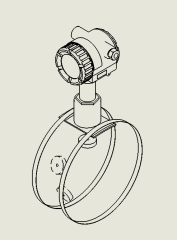

Kesimpulan
Komposisi produk detektor ini merupakan bukti kekokohan dan fungsionalitasnya yang tinggi. Ini menggabungkan mekanisme tampilan transmisi jarak jauh tahan ledakan, mekanisme penginderaan, dan mekanisme pemuatan kartu yang dapat dilepas. Komponen-komponen ini bekerja secara harmonis untuk menghasilkan kinerja yang andal dan efisien. Mekanisme tampilan dilengkapi dengan fungsi pemanas dan kemampuan mencatat waktu yang berlalu serta menyimpan memori hingga 99 kali. Kapasitas penyimpanan data ini sangat penting untuk melacak dan menganalisis operasi pigging dari waktu ke waktu, sehingga memungkinkan operator mengambil keputusan yang tepat mengenai pemeliharaan jalur pipa.
Mekanisme penginderaan inti Detektor Babi Non-intrusif terdiri dari rangkaian keengganan terarah, rangkaian penguat seimbang, rangkaian filter lolos rendah, rangkaian pemicu, CPU, rangkaian peralihan jarak jauh yang cocok, rangkaian tampilan, dan rangkaian reset. . Desain rumit ini memungkinkan detektor melacak pergerakan babi secara akurat, bahkan dalam kasus di mana babi memiliki gaya magnet.
Kesimpulannya, Detektor Babi Non-intrusif mewakili kemajuan signifikan dalam teknologi pigging. Ini menawarkan solusi komprehensif terhadap tantangan pembersihan dan pemeliharaan saluran pipa, memberikan data penting dalam format yang efisien dan ramah pengguna. Keserbagunaannya, konstruksi yang kokoh, dan kemudahan pemasangan menjadikannya alat yang sangat berharga dalam industri saluran pipa modern, menjanjikan masa depan peningkatan efisiensi dan keselamatan operasional.

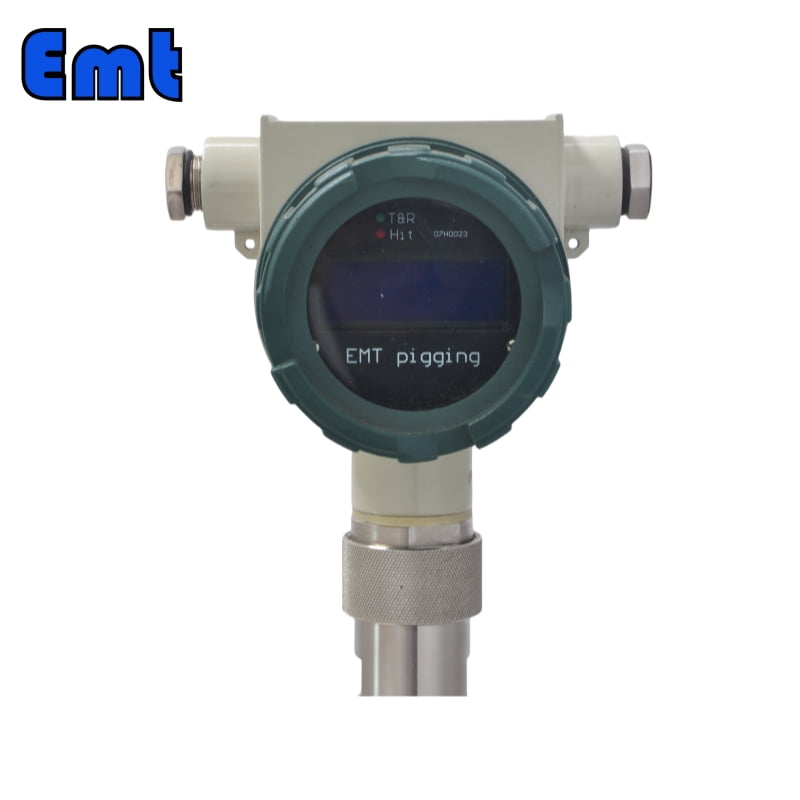
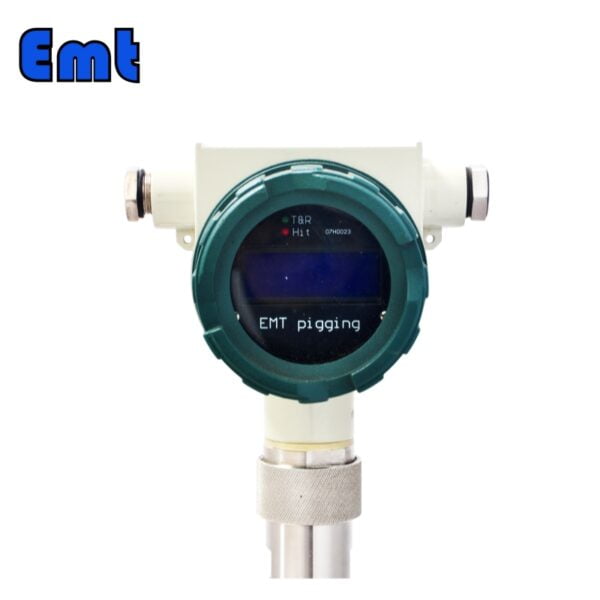
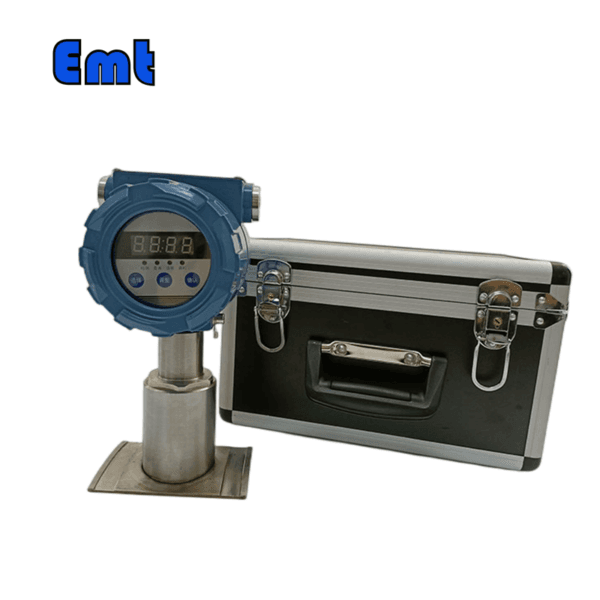
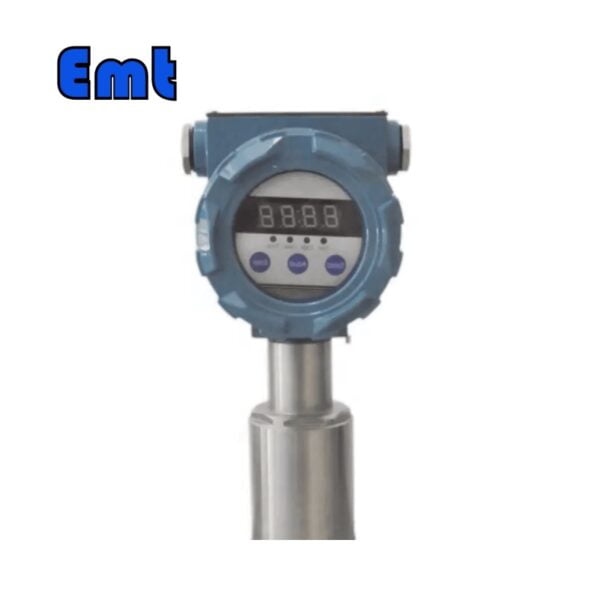
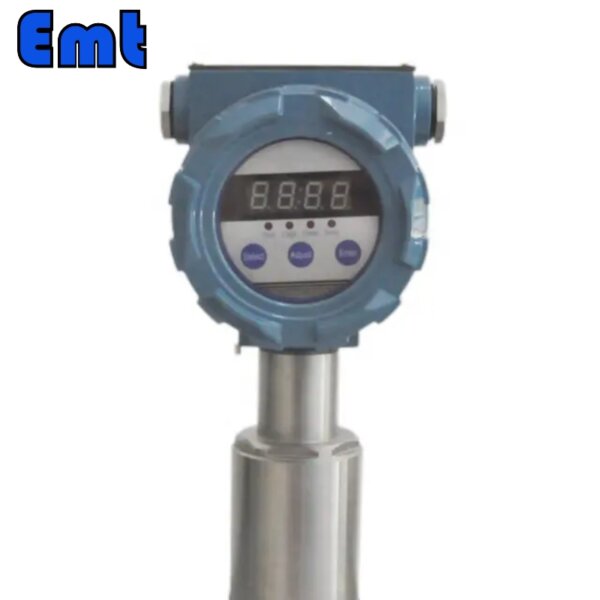
Ulasan
Belum ada ulasan.